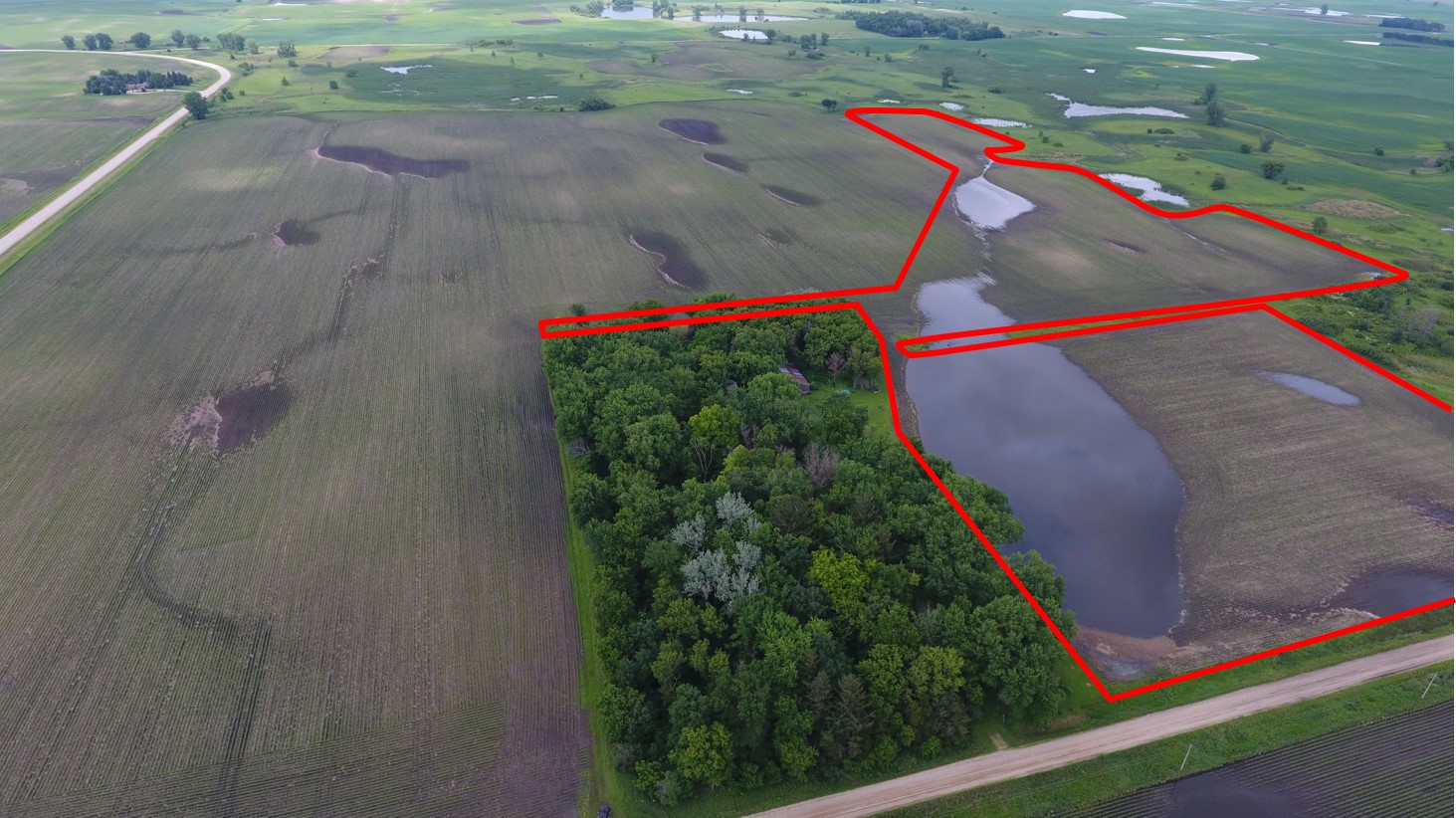Iowa and Minnesota’s Prairie Pothole Region (PPR) once featured a mosaic of grassland and wetland habitats which supported a vast array of wildlife. Over the last century, potholes and adjacent uplands within the PPR of these states have largely been replaced with vast expanses of cropland dominated by corn and soybean production. Multiple studies have demonstrated that success in producing crops is highly variable within individual fields. Recent technological advancements in precision agriculture have created an opportunity for data to be analyzed to assist farmers in better understanding that variability down to the square foot.
A spatial understanding of crop performance and profitability – combined with a precision analysis that incorporates conservation options – and an innovative financial incentive system for adopting new conservation practices is the basis for one of USDA’s newest Conservation Innovation Grant (CIG) awards. Pheasants Forever has partnered with Practical Farmers of Iowa (PFI) and the PPJV to deliver the $1 million ‘Reimagining Modern Crop Fields’ CIG project.
The grant is part of a larger, nationwide effort to support on-farm conservation trials which seek to increase adoption of innovative conservation approaches in partnership with local agricultural producers. The project is testing a new financial assistance model that promotes precision agriculture and conservation strategies at a subfield scale. By specifically identifying unprofitable ‘red acres’ within an operation, conservation partners can develop an incentive to create more wetlands and associated uplands as well as improve farm income and sustainability.
“Ag producers will work with a Pheasants Forever precision ag and conservation specialist to help identify unprofitable or less productive areas within a field, then a plan would be put together to convert those specific acres to an alternative land use,” said Josh Divan, the Iowa State Coordinator for Pheasants Forever and Quail Forever. A financial incentive is paid on the acres that remain in production and the payment rate is based on the percentage of a field that’s enrolled in a habitat practice. Participating ag producers agree to maintain that management change for at least five years.
“The more problem acres that are moved into perennial cover, the higher the incentive payment is on the balance of the field,” Divan said. “Participants are incentivized to focus production on their very best acres and to enroll acres less-suited for growing crops into a conservation program or other land use.”
There will also be an education and outreach portion completed in partnership with PFI, who will coordinate multiple events and storytelling efforts to get the word out and allow new potential applicants to interact with and learn from farmers who have already participated.
“We’re excited to be partnering with Pheasants Forever to bring more technical and financial resources to farmers for precision conservation,” said Jorgen Rose, Program Coordinator with PFI. “Practical Farmers has a long history of farmer-led education and outreach; farmers learn best from other farmers, so by telling farmer stories and connecting producers we can motivate lasting change and have a broader impact.”
This project is slated to run for five years and work with at least 80 agriculture producers. The goal is to analyze over 25,000 acres of cropland, identify all the associated unprofitable acres, and share customized conservation program information with participants, ultimately restoring at least 3,200 acres of ‘red acres’ within the PPJV back into wetlands and adjacent upland wildlife habitat with this new financial assistance model. These acres contribute to the goals outlined in the PPJV Implementation Plan and requisite State Tactical Plans and continue the tradition of PPJV partnerships working alongside America’s farmers, ranchers, and landowners to deliver voluntary, incentive-based conservation objectives.

